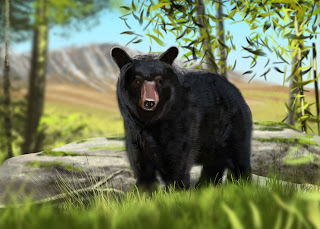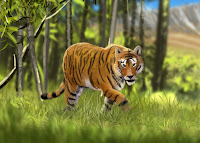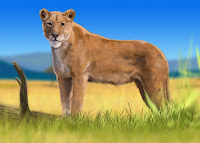As we approach the final week of release for Zoo park: Run
Your Own Animal Sanctuary, it’s time to meet the Coyote! Traditionally in tales
and traditions of native Americans it is usually considered as a clever beast.
One such example is the coyote’s resourcefulness to adapt to the changing
landscape of America.
Location: America
Diet: Omnivore
Lifespan: Up to 14 years in the wild
Interesting fact: The coyotes are actually very good swimmers, they have actually colonized the Elizabeth islands of Massachusetts thanks to this incredible skill.
Lifespan: Up to 14 years in the wild
Interesting fact: The coyotes are actually very good swimmers, they have actually colonized the Elizabeth islands of Massachusetts thanks to this incredible skill.
Here’s a video of coyote pups emerging from a den:







































